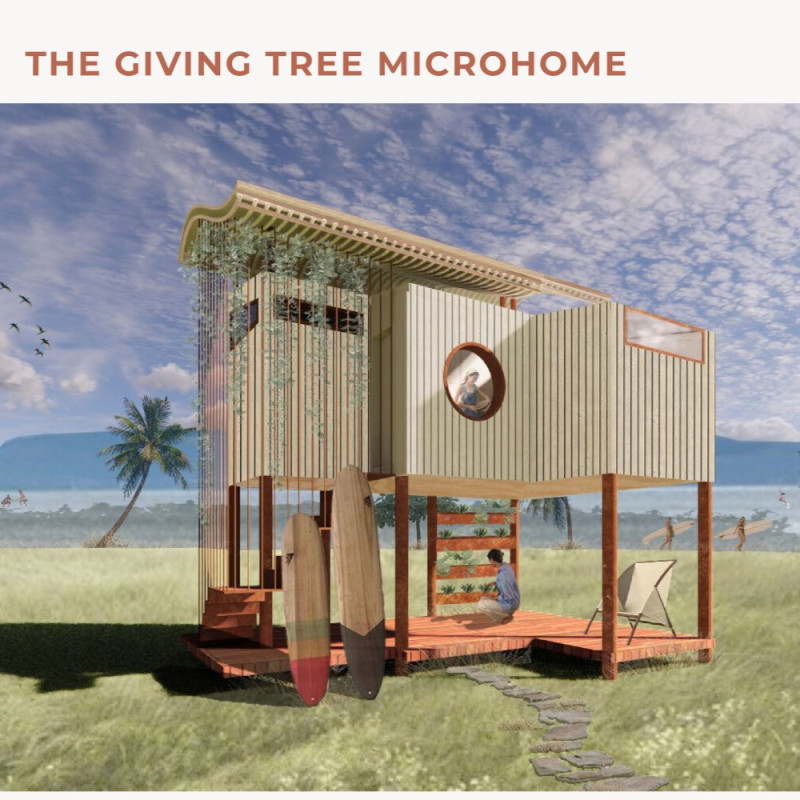5 key facts about this project
The design embodies a harmonious balance between form and function, reflecting a clear purpose that spans beyond mere aesthetics. It serves as [insert primary function, such as “residential spaces,” “community hub,” or “commercial venue”], designed to facilitate a variety of activities while fostering interaction among users. The architecture encourages engagement with its surroundings, promoting a sense of belonging and community amongst its occupants.
Key elements of the building's design include the deliberate choice of materials and spatial organization. A prominent feature is the use of reinforced concrete, which provides a robust structural framework that allows for expansive, flexible interior spaces. This material choice not only supports the building's integrity but also resonates with local construction practices, grounding the project within its geographical context. The inclusion of large glass panels enhances natural light and connects the interior with the exterior, creating a seamless transition between the built environment and the natural landscape.
Wood, sourced sustainably, adds warmth to the overall aesthetic and is incorporated into both the interior finishes and exterior cladding. This thoughtful combination of concrete and wood fosters a tactile experience that invites users to engage with the space more intimately. Steel is used strategically within the framework, allowing for slender support structures that minimize visual bulk while maximizing open spaces.
The project showcases innovative design approaches that prioritize sustainability and environmental responsibility. Features such as solar panels, a rainwater harvesting system, and green roofs are integrated into the architectural plans. These elements not only enhance the building's efficiency but also reflect a commitment to reducing its ecological footprint. The thoughtful selection of native vegetation in the landscaping further underscores the design's alignment with ecological principles, requiring minimal maintenance and fostering biodiversity.
Unique to this design is its ability to adapt to varied uses. The flexible floor plans accommodate diverse functions, allowing for reconfiguration as needed, whether for community events, workshops, or quiet reflection. This adaptability speaks to a broader architectural idea of creating spaces that are responsive to the evolving needs of users.
Architectural sections reveal the vertical relationships within the building, emphasizing light, air, and movement through well-considered openings and transitions. The execution of these details highlights the architect's commitment to crafting spaces that are both functional and inviting, allowing for a natural flow throughout the structure.
As this project continues to engage with the local community and environment, it serves as a practical case study for future architectural endeavors. Those interested in delving deeper into the specifics of this design are encouraged to explore the architectural plans and sections, as well as the broader architectural ideas at play throughout. By doing so, one can gain a more comprehensive understanding of how thoughtful design can effectively respond to its surroundings while meeting the needs of its users.


























